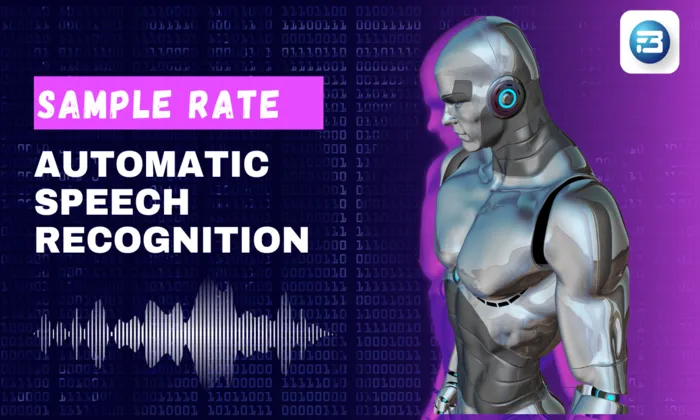What devices are used to record doctor dictations?
Audio Recording
Healthcare
Medical Transcription
In the realm of clinical documentation, recording doctor dictations is crucial for streamlined workflows and improved patient care. Selecting the right device for capturing these dictations can significantly influence audio quality, transcription accuracy, and overall efficiency. Let’s explore the key devices used for doctor dictation, their unique benefits, and why the choice of device matters.
Essential Recording Devices for Clinical Dictation
- Smartphones: Smartphones are widely used for their portability and ease of use. Equipped with built-in microphones, they offer a convenient solution for clinicians on the move. Many mobile apps designed for dictation integrate directly with electronic health record (EHR) systems, enabling seamless data entry. However, audio quality can vary depending on the device’s microphone and the surrounding environment. For optimal results, clinicians should use smartphones with advanced audio recording features and minimize background noise.
- USB Desktop Microphones: USB desktop microphones are ideal for office or stationary recording environments where high fidelity is needed. These devices provide stable recording setups with minimal movement, reducing unwanted sound variations. Many models come with noise-cancellation technology, ensuring crisp and consistent audio capture. Their superior sound reproduction makes them a preferred choice for clinicians who prioritize transcription precision.
- Head-Mounted Microphones: For hands-free dictation, head-mounted microphones allow clinicians to multitask while maintaining clear and consistent audio input. Their close proximity to the speaker’s mouth ensures minimal interference from ambient noise. These devices are particularly useful in busy clinical environments where freedom of movement and clear sound capture are both essential.
- Built-in Laptop Microphones: Built-in laptop microphones are commonly used in telehealth and remote consultation scenarios. Although they offer convenience, their quality may not match dedicated external microphones.
Clinicians using laptops for dictation should pay special attention to background noise and microphone positioning to avoid errors in transcription.
Impact of Device Choice on Dictation Quality
Choosing the right device directly impacts ASR (Automatic Speech Recognition) system performance and overall transcription accuracy.
- Devices with higher sample rates (e.g., 48 kHz) and greater bit depth (e.g., 24-bit) capture richer, more detailed audio, improving ASR training outcomes.
- Clearer recordings reduce word error rates (WER), improving the readability and reliability of medical transcripts.
- Convenient, hands-free devices also enhance clinician productivity, allowing professionals to focus on patient interaction instead of manual documentation.
Navigating Device Selection Trade-offs
When selecting a dictation device, consider the following factors and trade-offs:
- Audio Quality vs. Portability: High-end microphones deliver superior clarity but may lack the mobility of smartphones. Balance quality with practicality.
- Cost vs. Features: Some advanced devices may include unnecessary features for basic needs; assess which functions are essential before purchasing.
- Ease of Use vs. Complexity: More sophisticated devices might require configuration and training, whereas simpler devices offer plug-and-play functionality.
Common Missteps in Device Usage
Misjudging device performance often leads to poor audio quality and transcription errors. Common pitfalls include:
- Using built-in microphones in noisy environments, which degrades clarity.
- Failing to charge or configure devices properly, leading to interrupted sessions.
- Overlooking microphone placement, which can distort speech capture.
Summary of Device Selection for Optimal Dictation
Selecting the appropriate recording device for doctor dictations requires balancing audio quality, convenience, cost, and usability. Smartphones, USB desktop microphones, head-mounted microphones, and built-in laptop microphones each have their strengths.
The effectiveness of clinical documentation depends on matching the right device to the right context. FutureBeeAI, with its expertise in collecting and annotating high-quality medical audio data, provides actionable insights to help healthcare organizations optimize dictation practices for better transcription accuracy and workflow efficiency.
FutureBeeAI supports healthcare documentation with state-of-the-art audio collection and annotation solutions, ensuring high-quality data for efficient and accurate clinical workflows.
FAQs
Q. How does the choice of device impact dictation accuracy?
A. The device used directly affects audio quality, which is crucial for transcription accuracy. High-quality microphones capture speech more clearly, minimize noise, and improve ASR system performance.
Q. Are there specific devices recommended for telehealth dictations?
A. While built-in laptop microphones offer convenience, USB desktop microphones or head-mounted microphones are recommended for superior audio quality—especially in environments with background noise.
What Else Do People Ask?
Related AI Articles
Browse Matching Datasets
Acquiring high-quality AI datasets has never been easier!!!
Get in touch with our AI data expert now!








